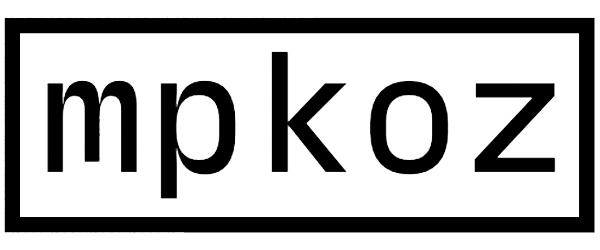Forced Perspective
Forced Perspective is a series of experiments that were designed to trick the viewer (visually at least) into thinking digital, two-dimensional objects exist physically. Every example on this page was created with three ingredients: a body tracking camera, electronic display(s), and custom software. As an image or animation is rendered on the display, the software warps the output two-dimensional image in real-time, such that it matches the physical perspective of the viewer. This accomplished by transmitting the viewer’s head position relative to the display from the body tracking camera to the software 50+ times per second. This creates the effect of looking through a window at a three-dimensional object.
There are shortcomings to techniques like this, in that it only works for one person at a time. See the second video (above) for a third-person perspective. Another issue is that the images are still ultimately monoscopic, meaning that the left and right eyes see the same perspective. This breaks the illusion of three-dimensionality when seen in person (with two eyes), but looks great on a handheld video (one “eye”—the camera). A solution to this is to render the visuals stereoscopically for in-person viewing and monoscopically for video documentation. While stereoscopic rendering requires glasses (anaglyph, frame-sequential, or polarized), the effect is quite incredible. Every example on this page has been rendered stereoscopically.
In late-2020, after I became interested in this technique and tried out a few experiences, I had the idea to combine multiple displays into a single experience. I built this small pillar from 4 normal 28” computer monitors. The effect of the single display is replicated four times and creates the illusion of a box—one that can contain any number of imaginary objects. Again, the perspective of each display is warped to match the viewer’s perspective. Due to the body tracking camera’s ability to chart not only head position, but hands as well, I started incorporating more physical interactivity. See the example below for a fully interactive “mirror.”

